Satellite Garbage: A Growing Threat in Orbit
Introduction
Space exploration and satellite technology have transformed our world, enabling global communication, weather forecasting, navigation, and scientific research. However, the rapid growth of space debris, commonly known as "satellite garbage" or "space junk," has become an alarming concern. Space debris refers to defunct satellites, spent rocket stages, fragments from spacecraft collisions, and other remnants of human activities in space. These objects pose a significant threat to operational satellites, astronauts, and the long-term sustainability of space activities.
The proliferation of satellite garbage can be attributed to several factors. Firstly, since the launch of the first satellite, Sputnik 1, in 1957, space exploration has seen a substantial increase in the number of satellites orbiting the Earth. Many of these satellites have fulfilled their missions and are no longer operational, becoming inactive debris. Additionally, there have been numerous satellite collisions, such as the 2009 collision between the Iridium 33 and Cosmos 2251 satellites, which generated a significant amount of debris. Moreover, intentional destruction of satellites, like anti-satellite missile tests, contributes to the debris problem.
The consequences of satellite garbage are far-reaching. One of the most immediate concerns is the threat it poses to active satellites and spacecraft. With thousands of space debris pieces hurtling around the Earth at extremely high velocities, even the tiniest fragments can cause catastrophic damage upon collision. These collisions can lead to the loss of communication links, interruptions in weather monitoring, and compromised navigation systems. Additionally, the risk of collisions creates a hostile environment for future space missions, including crewed missions to the Moon, Mars, and beyond.
Another critical concern is the cascade effect, also known as the Kessler Syndrome. When two objects collide in space, they generate a cloud of debris that can further collide with other satellites, creating a chain reaction. This cascading effect could potentially render certain orbits unusable for generations, making it increasingly challenging to deploy new satellites or maintain existing ones. As the debris population continues to grow, the risk of this scenario becomes more significant, exacerbating the challenges of space exploration and satellite operations.
Efforts to mitigate the problem of satellite garbage are underway. Various space agencies, including NASA, ESA, and others, actively track and catalog space debris, monitoring their trajectories and potential collision risks. Additionally, international guidelines and agreements aim to reduce the creation of new debris and encourage the responsible disposal of satellites and upper rocket stages. Some satellite operators are exploring technologies to deorbit defunct satellites or move them into higher orbits to reduce congestion in critical areas.
Another proposed solution is the development of active debris removal (ADR) systems. These systems involve the deployment of specialized spacecraft to capture and remove space debris from orbit. Different ADR concepts, such as robotic arms, nets, harpoons, or ion beams, are being studied and tested to evaluate their effectiveness in capturing and deorbiting debris. While ADR technologies show promise, they still face technical, logistical, and financial challenges for large-scale implementation.
In conclusion, the issue of satellite garbage is a pressing concern for space agencies, satellite operators, and the broader scientific community. The proliferation of space debris poses significant risks to operational satellites, human spaceflight, and the long-term sustainability of space activities. Addressing this challenge requires a multi-faceted approach, combining debris tracking, responsible satellite disposal practices, and the development of active debris removal technologies. By taking collective action and implementing proactive measures, we can strive to preserve the beauty and functionality of space for future generations.
Satellite Garbage managing techniques by NASA
1.Deorbiting and Controlled Re-entry
NASA promotes the practice of designing satellites and spacecraft to have a limited operational life and incorporating mechanisms for controlled deorbiting. This involves planning for the end-of-life disposal of satellites by either maneuvering them into a trajectory that will cause them to re-enter the Earth's atmosphere and burn up or moving them into higher orbits where they will pose no collision risk.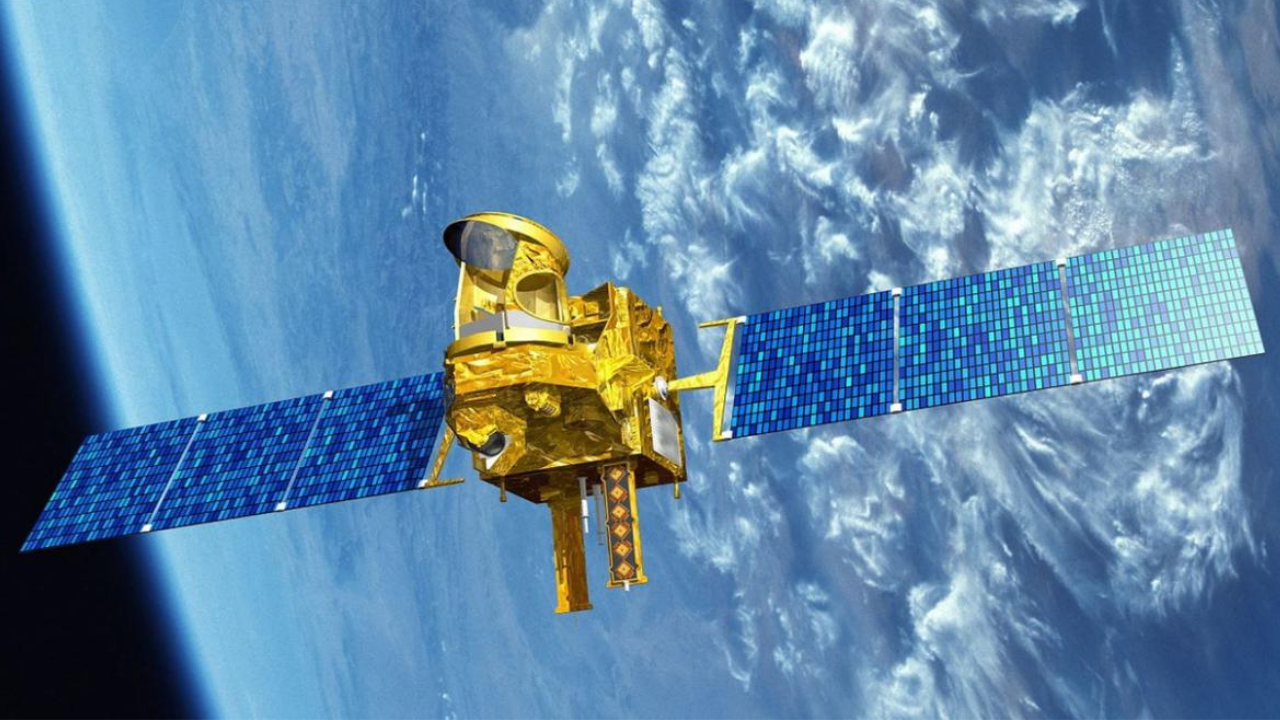
2.Spacecraft Design Guidelines
NASA has established guidelines for satellite and spacecraft design to minimize the creation of debris during mission operations and at end-of-life. These guidelines include measures such as minimizing explosive or toxic materials, utilizing robust materials to prevent fragmentation, and incorporating mechanisms for propulsion and deorbiting.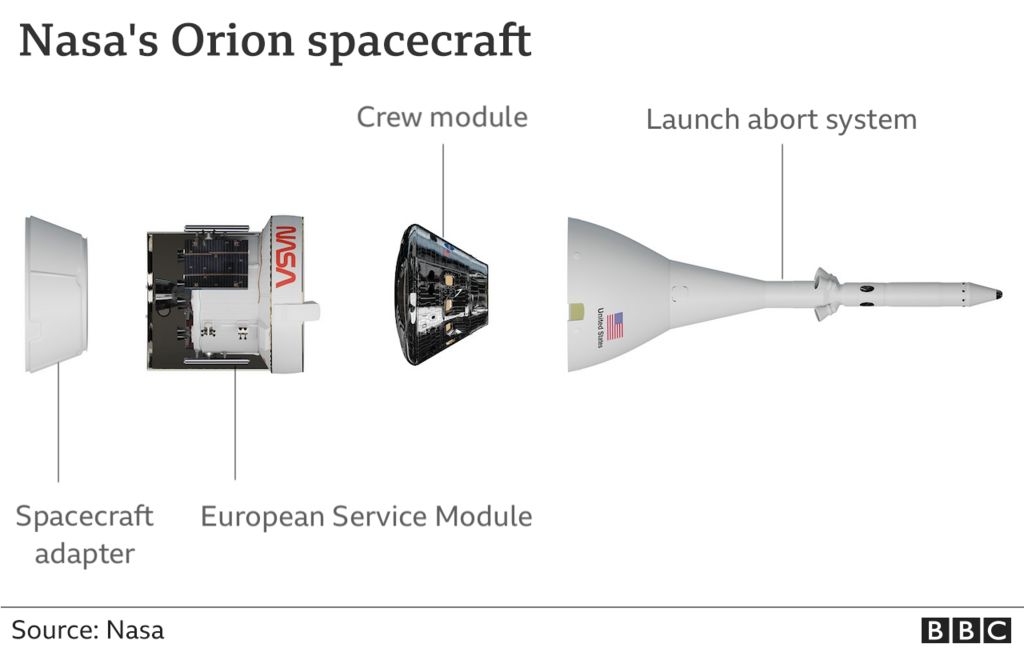
3.Space Traffic Management
NASA actively participates in international collaborations to develop space traffic management (STM) guidelines and standards. These efforts aim to enhance the safety and sustainability of space activities by implementing measures such as collision avoidance maneuvers, sharing orbital data, and coordinating satellite launches to reduce the risk of collisions and the creation of new debris.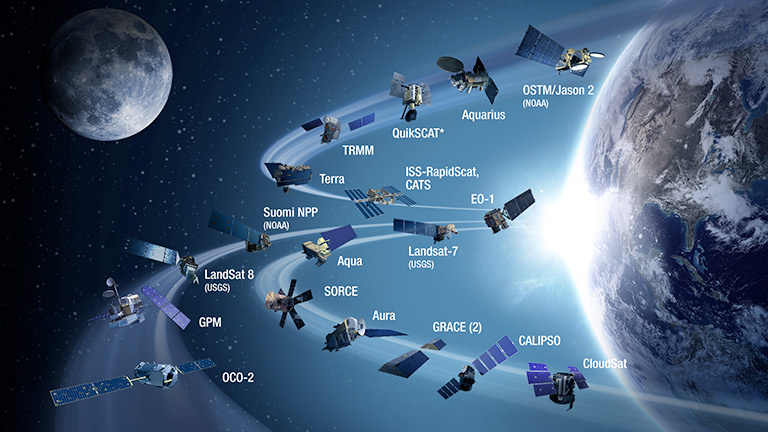
4.Orbital Debris Tracking and Cataloging
NASA operates the U.S. Space Surveillance Network (SSN) to track and catalog space debris. This network, consisting of ground-based radars and telescopes, continuously monitors objects in space and provides data on their trajectories and potential collision risks. NASA also shares this information with satellite operators and other space agencies to support collision avoidance efforts.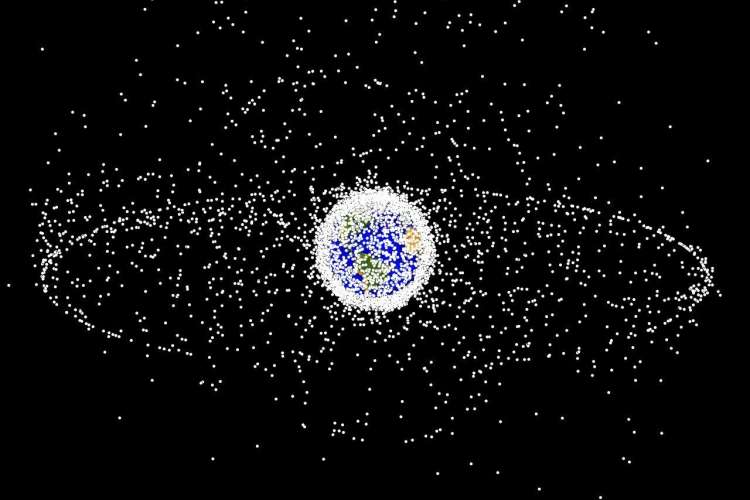
5.Active Debris Removal (ADR) Technology Development
NASA invests in research and development of ADR technologies to actively remove space debris from orbit. Projects such as the RemoveDEBRIS mission, launched in collaboration with the European Space Agency (ESA), have demonstrated technologies like nets and harpoons to capture and deorbit debris. NASA continues to explore innovative ADR concepts and technologies to advance the field.
6.International Collaboration
NASA collaborates with international partners, including ESA, JAXA (Japan Aerospace Exploration Agency), and other space agencies, to address the challenges of space debris. These collaborations involve information sharing, joint research projects, and coordinated efforts to develop policies and standards for space debris management.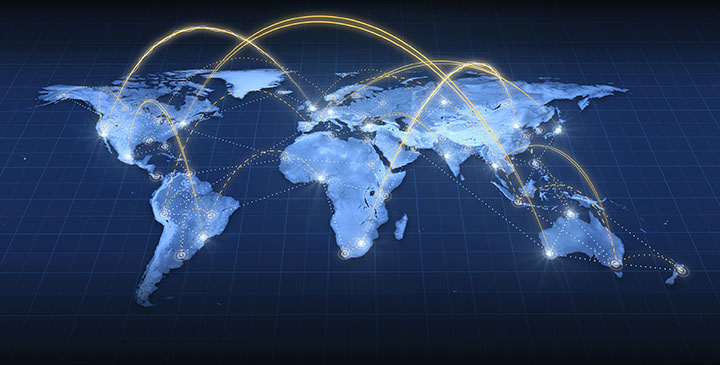 It's important to note that managing satellite garbage is a complex and ongoing process. NASA's efforts are part of a broader global endeavor involving multiple stakeholders to ensure the safety and sustainability of space activities. Continued research, technological advancements, and international cooperation will be crucial in effectively addressing the challenges posed by satellite garbage and preserving the space environment for future generations.
It's important to note that managing satellite garbage is a complex and ongoing process. NASA's efforts are part of a broader global endeavor involving multiple stakeholders to ensure the safety and sustainability of space activities. Continued research, technological advancements, and international cooperation will be crucial in effectively addressing the challenges posed by satellite garbage and preserving the space environment for future generations.
In conclusion, the proliferation of satellite garbage poses a significant threat to space activities and the long-term sustainability of orbit. With the risk of collisions and the potential for the cascade effect, the need for effective management strategies is paramount. NASA, along with other space agencies, is actively engaged in tracking and cataloging debris, promoting responsible satellite design and disposal practices, and developing innovative technologies for active debris removal. However, addressing this complex issue requires continued collaboration, research, and international cooperation to ensure a safer and cleaner space environment for future generations.


































